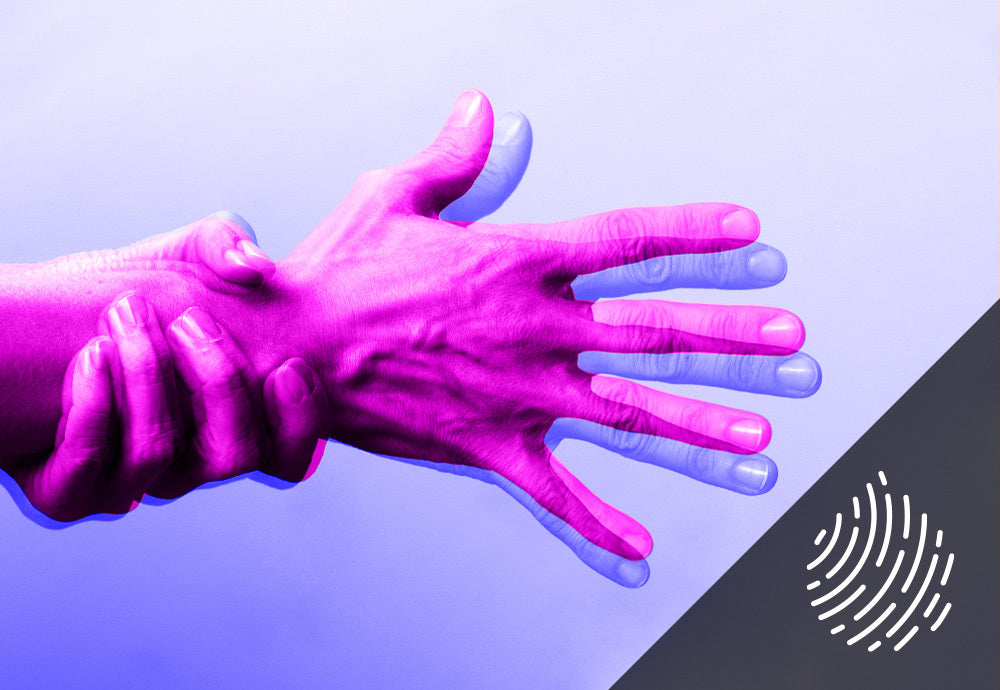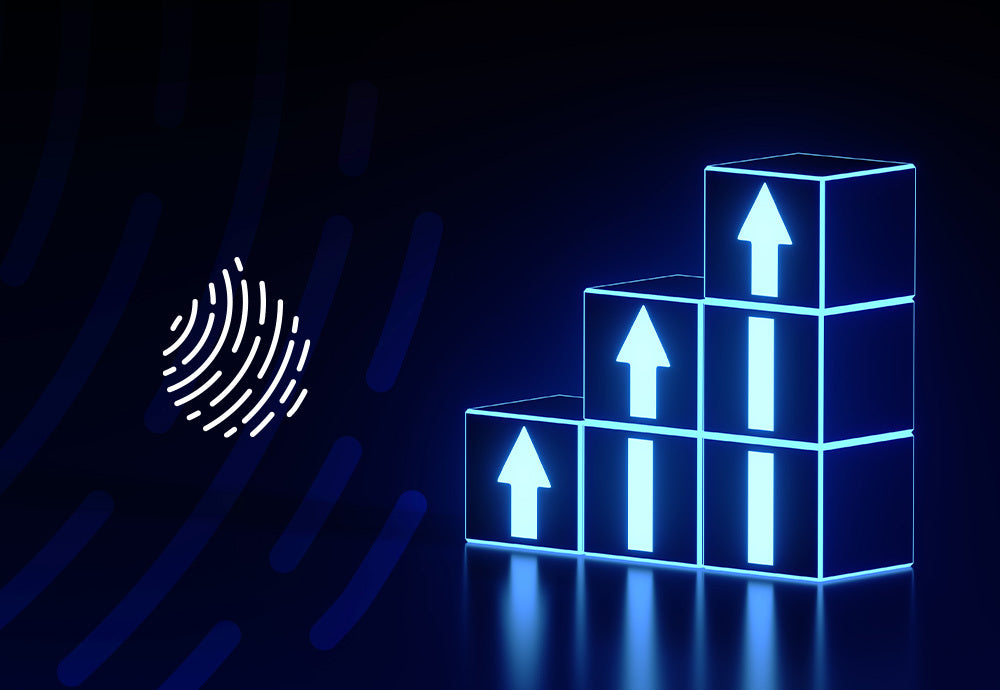Your Cart is Empty
FREE SHIPPING ON ORDERS $70+ | SATISFACTION GUARANTEED
Cannabinoids this, cannabinoids that. You may have hear this word bandied about like a crazy hot potato in recent times. (It does get its fair share of PR….)
Sure, you bob your head up and down like you totally know what cannabinoids are and what they do. Gotta keep up appearances….
But, really, what are they? What do they do? And while we’re at it, how do they work?
These are great questions. Ones that you — as a cannabis consumer — might want to know the answers to.
This brief primer will instill some legit knowledge in those head nods you’ve got going on. So you’re a cannabinoids mini-expert rather than just an odd cross between a human bobblehead and a deer in the headlights (when it comes to cannabinoids, at least!).
Cannabinoids are chemical substances that can produce various responses in your body. These compounds naturally occur in plants and animals, but they can also be created artificially. So, the three types of cannabinoids you’ll hear about are:
Cannabinoids are all that and a bag of chips because they’re what give your favorite CBD oil products their beneficial properties.

Our focus is on cannabis, aka Cannabis sativa L. This species includes the marijuana and hemp subspecies.
The cannabis plant contains over 500 different chemical constituents. Of these, more than 140 are cannabinoids. So, yah, there’s a lot packed into that green, leafy wonder.
Cannabidiol (CBD) and tetrahydrocannabinol (THC) are probably the two cannabinoids people are most familiar with. They’ve got a bit of a reputation that precedes them….
The key things to know about THC and CBD are:
Fun Fact: While phytocannabinoids only exist in plants of the cannabis family, several other plants can produce cannabinoid-like effects on your body. These include cabbage, clove, black pepper, echinacea, broccoli, black truffles, ginseng, kava, tea, cacao, carrots, some sunflowers, and more. This stuff is freaking fascinating!
Not only do different products contain different ingredients, they can have different cannabinoids.
So, why should you care about cannabinoids as a CBD consumer?
Well, you want the CBD products you buy and put into your lovely body to work for you. You’re looking to achieve certain results or you’re taking CBD for a particular reason, right?
That means you need to know which cannabinoids you’re getting and what their specialty is (e.g., helping to fight inflammation or supporting healthful sleep). Then you can pick high-quality products that’re geared towards meeting your objectives. Makes sense. (Nod “Yes” and own it.)
Let’s take a half step back to clarify a potentially confusing point. CBD is used to refer to both the cannabinoid — cannabidiol — as well as the type of product — e.g., a CBD softgel. The reality is they’re both valid. But, just know that CBD products can contain other cannabinoids in addition to cannabidiol.
Got it? Crystal clear now.
The exact cannabinoids in your CBD products will depend upon the source (marijuana or hemp) and type of CBD used in the item. For example, if your CBD oil tincture contains full-spectrum CBD or broad-spectrum CBD — it will have CBD and some other cannabinoids in it. But, if your CBD gummies are made with a CBD isolate, the only cannabinoid you’re getting is CBD.
Here are the most common/abundant cannabinoids (in alpha order!) that might be in your hemp-derived CBD products:
These more minor cannabinoids are less prevalent in cannabis, but you will see reference to them fairly often. These guys are also less studied — so we don’t especially know what all they do. Researchers are looking into them, though. Anticipate hearing more about them and seeing new products featuring them in the future.
And, of course, there are scores more cannabinoids. Far too many to cover here!

Fun Fact: Endocannabinoids influence infant development before and after a baby’s born. They’re naturally present in the uterus and embryo as well as breastmilk.Research indicates these endocannabinoids can exert an effect on the nervous system, brain structures and function, and more!
Let’s give a special shout out to phytocannabinoids. After all, they’re the (main) hero components of CBD extract in your CBD products.
But, phytocannabinoids aren’t great just because they’re phytocannabinoids. They’re awesome because of their potential to support your wellbeing. By working with your body’s edocannabinoid system (ECS), cannabinoids may offer therapeutic benefits for many physical and mental health concerns.
There’s definitely room for more studies on the possible impacts of phytocannabinoids on our systems. That said, the current body of research is encouraging. Available information largely supports cannabinoids’ ability to help with various conditions.
Here’s a small sample of what’s floating in the research pool:
When used in combination, cannabinoids may be even more effective than when used solo. It’s like the concept of 2+2=5. This is the “entourage effect” you may have heard about.
Cannabinoids are compounds that work with your body to produce various responses. Evidence suggests that cannabinoids are potentially beneficial to physical and mental health.
There are more than 140 cannabinoids in cannabis. THC and CBD are the best known and studied. THC may make you feel high; CBD won’t.
The cannabinoids in your CBD products depend on the source and type of CBD the products contain. Use high-quality CBD products that contain the cannabinoids that aim to address your specific needs and preferences. Products with multiple cannabinoids may provide an entourage effect, which means they might be more effective.

The cannabis compound CBD has been popping up in Parkinson’s disease (PD) therapy and prevention conversations, propelled by success stories from p...
Read More
CBD is one of the most popular supplements on the market today. But you're a savvy consumer. You know just because something is popular doesn’t mea...
Read More
You know delta-8 as "weed-lite" or the "chillest of the cannabinoids." But what about all the potential health benefits of this unique compound? Wh...
Read More